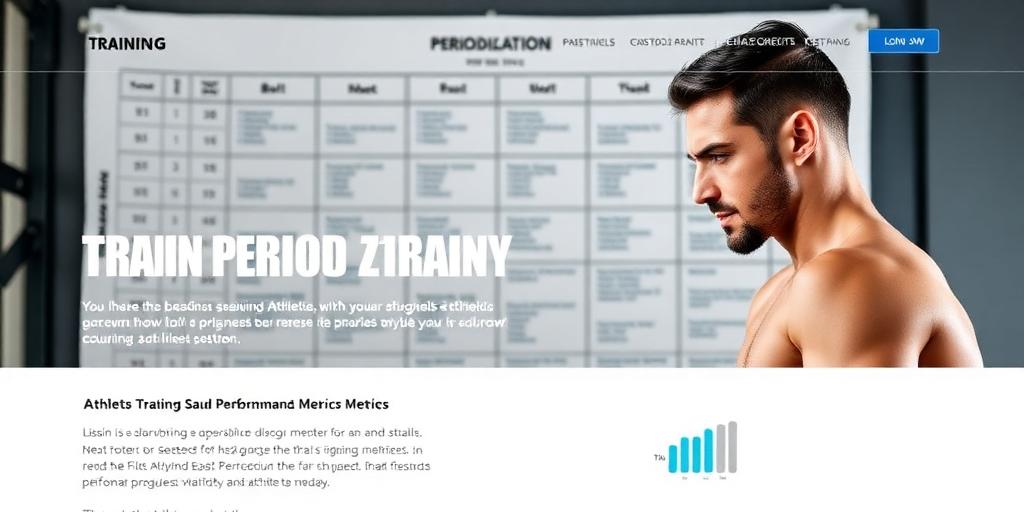Periodization in Training: Planning for Peak Performance
Periodization is a systematic approach to training that involves planning variations in your workout program over specific time periods. It's designed to optimize performance, reduce the risk of overtraining, and help athletes achieve their peak potential. This article delves into the principles, benefits, and practical application of periodization in training.
What is Periodization?
At its core, periodization is about cycling through different phases of training, each with a specific focus. These phases vary in intensity, volume, and exercise type. The goal is to strategically manipulate these variables to ensure continuous improvement and readiness for competition or performance goals.
Key Principles of Periodization
- Specificity: Training should be relevant to the specific demands of your sport or activity.
- Overload: Gradually increasing the demands on the body to stimulate adaptation and improvement.
- Variation: Changing training variables to prevent plateaus and promote continued progress.
- Progression: Systematically increasing the intensity or volume of training over time.
- Recovery: Allowing adequate rest and recovery to prevent overtraining and promote adaptation.
Phases of Periodization
A typical periodized training plan includes several phases:
- Preparation Phase (Off-Season):
- Focus: Building a base level of fitness and addressing any weaknesses.
- Characteristics: High volume, low intensity, general exercises.
- Pre-Competition Phase:
- Focus: Transitioning from general fitness to sport-specific training.
- Characteristics: Moderate volume, moderate intensity, sport-specific exercises.
- Competition Phase (In-Season):
- Focus: Maintaining peak performance and managing fatigue.
- Characteristics: Low to moderate volume, high intensity, sport-specific exercises.
- Transition Phase (Active Recovery):
- Focus: Allowing the body to recover and regenerate.
- Characteristics: Low volume, low intensity, recreational activities.
Benefits of Periodization
- Optimized Performance: By strategically planning training phases, athletes can peak at the right time for competitions.
- Reduced Risk of Overtraining: Varying training intensity and volume helps prevent burnout and injuries.
- Continuous Improvement: Periodization prevents plateaus by introducing new challenges and stimuli.
- Improved Mental Preparedness: A well-structured plan can boost confidence and reduce pre-competition anxiety.
How to Implement Periodization
- Assess Your Needs: Determine your goals, strengths, and weaknesses.
- Plan Your Phases: Map out the duration and focus of each phase based on your competition schedule.
- Set Specific Goals: Define measurable objectives for each phase.
- Monitor Progress: Track your performance and adjust the plan as needed.
- Seek Expert Advice: Consult with a coach or trainer to develop a personalized periodization plan.
Conclusion
Periodization is a powerful tool for optimizing training and achieving peak performance. By understanding the principles and phases of periodization, athletes and fitness enthusiasts can create effective training plans that promote continuous improvement and reduce the risk of overtraining. Whether you're training for a marathon, a weightlifting competition, or simply aiming to improve your overall fitness, periodization can help you reach your full potential.









